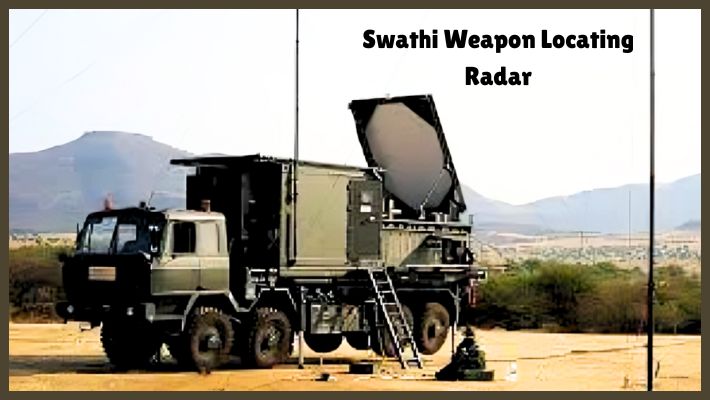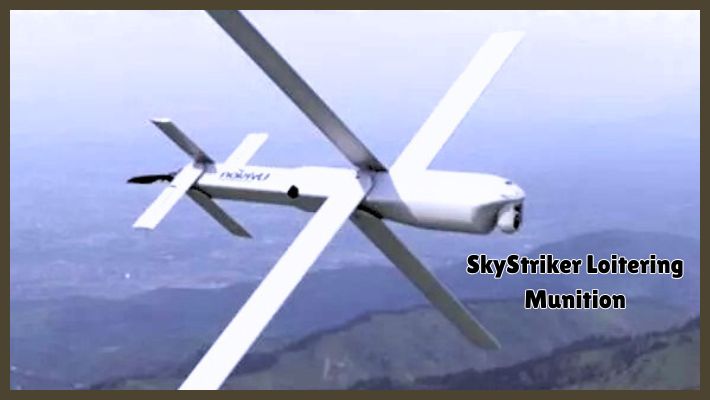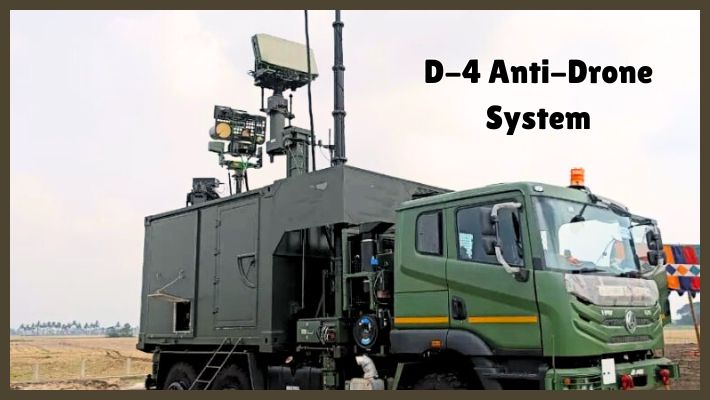
Operation Sindoor proved to be an example of India's exponential rise in technology and strategic independence in the domain of national defense. Essentially set upto protect territorial sovereignty and remove hostile threats along fragile frontiers, the operation was an epitome of how far the country had come in developing its respective capabilities. It relied primarily upon indigenous technologies, works of Indian engineering, and R&D, in other words, instead of earlier operations that were mostly dependent on imports of defense equipment from overseas countries.
From unmanned systems up to real-time surveillance platforms, every facet of the operation was a shining example of Make in India Defense.
Five important homegrown technologies that were essential to Operation Sindoor are explored in this article. These systems demonstrated the country's dedication to self-reliance in defense while also improving troop safety and operational effectiveness. These technologies usher in a new era of indigenous warfare capabilities as India continues to invest in defense R&D through institutions like DRDO, BEL, and private startups.

Popularly called India's Iron Dome, Akashteer is an in-house AI-powered air defense system. Being a major C4ISR infrastructure, Akashteer was jointly developed by DRDO, ISRO, and BEL. Using NAVIC GPS technology for exact tracking, the system amalgamates real-time intel through ISRO's satellite network and different radar and sensing devices. Akashteer, being a system for expeditious threat identification and destruction, reacts autonomously to numerous threats in the air, inclusive of drones, missiles, unmanned aerial vehicles, and loitering munitions.
The AI-enabled algorithms guarantee immediate and accurate interception even in high-saturation attacks. A top vehicle mobility and deployment flexibility, Akashteer stands as the bona fide shield in high-risk and unstable operational fields all over the country.

The Swathi Weapon Locating Radar (WLR), developed by DRDO and produced by Bharat Electronics Limited (BEL), played a crucial part in Operation Sindoor by enhancing India's counter-battery warfare capability. The radar can precisely detect launch sites within seconds by tracking enemy rockets, mortars, and artillery shells. Swathi enabled live retaliation to enemy fire, which was extremely helpful in difficult, low-visibility, high-altitude terrain. Being weatherproof and resistant to electronic warfare attacks also allowed it to always monitor the battlefield.
Quick and accurate responses enabled by Swathi reduced the threat to frontline soldiers by providing them with seamless terrain-integrated artillery. Furthermore, the very successful deployment of Swathi marked a great step toward India's independence in defense technology and toward a truly significant next step toward achieving Atmanirbhar Bharat in an operating environment of today.

The SkyStriker Loitering Munition is a precision-guided suicide drone technology developed by Bengaluru-based Alpha Design Technologies in collaboration with Israel's Elbit Systems. Designed for covert, high-impact operations, it can carry a 5–10 kg warhead and has an impressive strike range of up to 100 km. Powered by an electric propulsion system, the drone operates with minimal noise, making it ideal for stealth missions at low altitudes.
SkyStriker enables direct aerial fire support, enhancing both offensive capability and situational awareness for ground forces. Its ability to loiter over target zones and deliver pinpoint strikes makes it a cost-effective and reliable solution for modern battlefield engagements. SkyStriker is a powerful example of India’s growing edge in drone warfare technology.

To combat the growing threat of hostile Unmanned Aerial Vehicles (UAVs), DRDO developed the state-of-the-art domestic D-4 Anti-Drone System. The system detects, tracks, and disables enemy drones in mid-flight using a combination of sophisticated radar, RF jammers, and powerful laser kill mechanisms. It can also neutralize drones by interfering with GPS signals. It is perfect for defending forward bases and key locations due to its accuracy and quick reaction times.
In addition to intercepting drones, the D-4 system provides command units with improved situational awareness through real-time battlefield monitoring and surveillance. India's defensive readiness has advanced significantly with its deployment in sensitive areas, demonstrating the country's dedication to technological independence in contemporary warfare.

The Akash Missile Defence System is an indigenously developed, medium-range Surface-to-Air Missile (SAM) system by DRDO, designed to neutralize a wide range of aerial threats, including fighter jets, drones, cruise missiles, and air-to-surface missiles. It uses a command-guidance system with mid-course corrections via datalink and active radar homing in the terminal phase. Powered by a ramjet-rocket propulsion system, Akash maintains supersonic speeds (Mach 1.8–2.5) and has a strike range of 25–45 km, capable of intercepting targets up to 20 km altitude. It carries a 60 kg pre-fragmented high-explosive warhead, triggered by a digital proximity fuse.
Integrated with the Rajendra phased array radar and 3D Central Acquisition Radar, it can track 64 targets and guide eight missiles simultaneously. Enhanced by variants like Akash-NG and Akash Prime and its integration with IACCS, Akash ensures real-time, multi-target air defence across India’s diverse combat zones.
In conclusion, strategically, Operation Sindoor successfully achieved its task and indigenously developed a technological capacity to leave its imprint on Indian military history. It demonstrated how India is now a leader, creating and implementing foreign defense technology, rather than merely being a buyer. The technologies on display in Operation Sindoor, ranging from sophisticated radars to precision-guided missile systems, unmanned aerial surveillance, and battlefield intelligence platforms, represent the future of Indian Armed Forces Technology.
These show that India is ready to go first using India-made technologies for India, as threats evolve and challenges get complex.
We use cookies to ensure you get the best experience on our website. Read more...